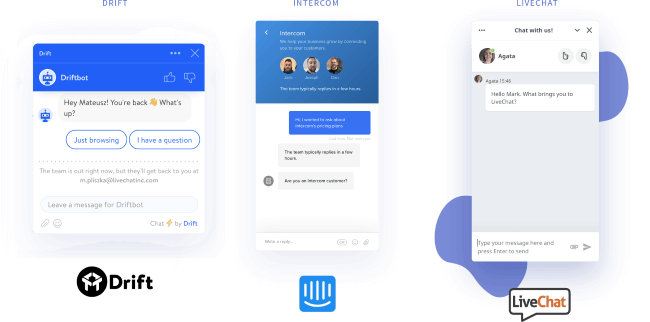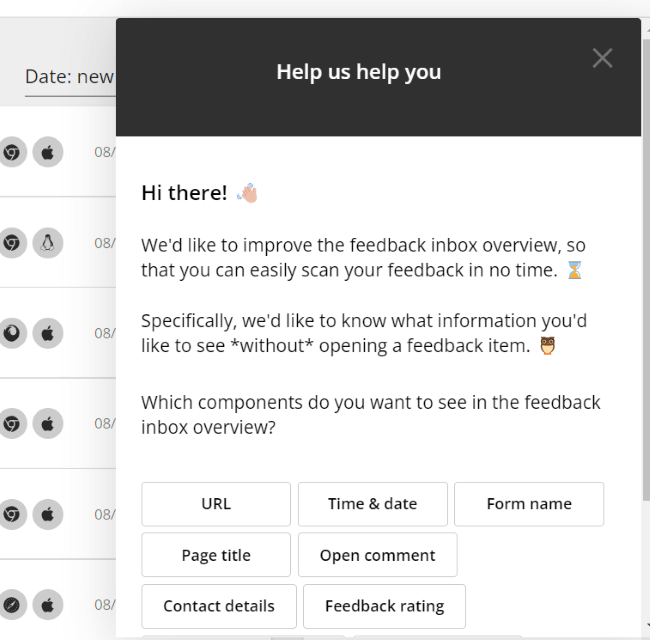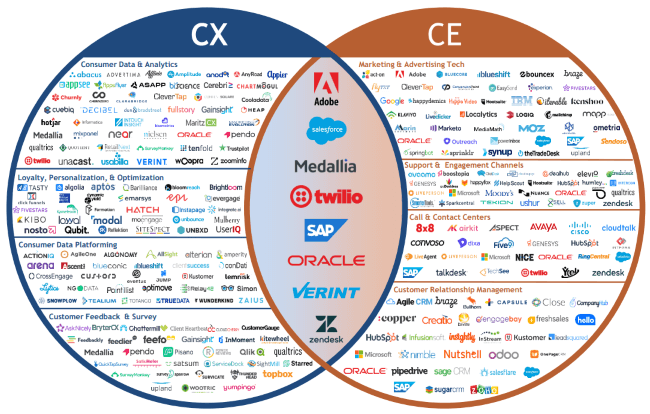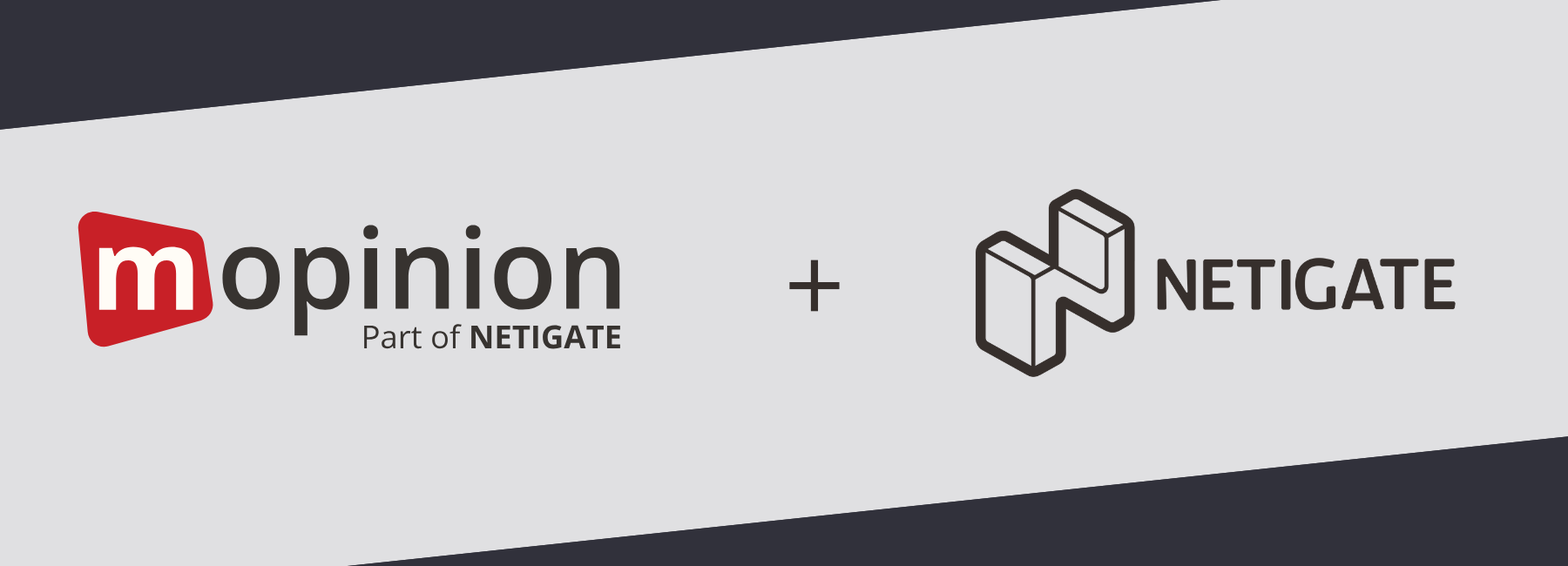The year 2022 has been an interesting one in terms of developments in the Customer Experience space. While the COVID crisis has slowly faded into the background, other challenges have arisen such as the inflation rates and a recent dip in buyer trust. But it’s nothing the market can’t handle. It only means that companies will have to work harder to up their game in terms of the customer experience they deliver, in order to retain customers and earn new ones.
In fact – seeing as how nearly 86% of customers are willing to pay more for a superior customer experience – an investment in customer experience is precisely what customers are looking for. Not to mention, having the right CX technology in place to further CX objectives appears to be the trend and therefore, a way of staying competitive.
With customer expectations continually rising, it is no surprise that global spending on CX technology is set to hit $641 billion this year.
In this follow up from the 2021 State of Customer Experience post, we will bring you up to date with the current state of the customer experience space in 2022, including some top CX trends. We will also highlight all the movements happening in CX by laying out all the major acquisitions and mergers that have taken place since last year, as well as the future of CX.
The State of Customer Experience 2022 covers:
- Key Customer Experience trends in 2022
- Acquisitions & Mergers in the CX space
- What can be concluded from these movements
- Looking to the future of CX
Key Customer Experience trends in 2022
To kick things off, let’s address some of the biggest customer experience trends that are currently taking hold of the market.
1. Customers expect personalised experiences
2. Automated chat comes out on top
3. Customer feedback will play a bigger role in product design
4. Instant gratification is still ever-present
5. More self-service options for savvy customers
6. (Continued) rise in mobile commerce
7. Product-led growth positively impacts CX initiatives
8. Customers expect omnichannel service
9. CX success will be every role’s responsibility
10. The adoption of experimentation is growing
Let’s take a look at each of these more closely.
1. Customers expect personalised experiences
Consumers are dead set on having a personalised experience. This trend has never really faded into the background. It’s been there year in, year out. And as the concept of a customer experience expands to different channels and touchpoints, so does the need to personalise in those areas.
Businesses will be expected to not only give a personal feel to their channels (i.e. website, mobile apps and emails) but also serve up bespoke, personalised services or offer personal recommendations based on previous interactions and/or purchases with their brand. One of the most common ways we see businesses achieving a ‘personal feel’ is through chat options. Chat solutions have the power to give customers the feeling that they are being given the attention they deserve with little to no effort required on the part of the business itself – especially if the solution is automated.
2. Automated chat comes out on top
Which leads us to our next trend: automated chat. Just look at the corner of any website nowadays and you’ll likely see a chat button at the ready. Automated chat has experienced a great deal of popularity in recent years thanks to the many benefits it provides both businesses and customers alike.

For one, chat boosts productivity for businesses tremendously. This is because it saves these businesses time and money otherwise invested in reaching out to customers via long support ticket conversations or during customer service calls.
On the other hand, customers enjoy it because they are helped in a timely manner, the chat looks and feels very personal, and it often helps them solve their problems without having to wait in queues for the customer service department.
In fact, according to Kayako:
38% of consumers are more likely to buy from a company if they offer live chat support
3. Customer feedback will play a bigger role in product design
Customer feedback has long since been grabbing attention in the CX market. It’s a quick, easy and targeted way of gathering customer insights without obstructing the customer experience. In fact, it’s popping up on more than just websites but also in-app and with email campaigns making it an effective and all-encompassing approach to learning more about your customers.
Customer-ideated products perform 20% better on average
In recent years, it has also become a more integral part of product design. The reason being is that this UX feedback helps teams gather insights at key moments during the product journey. It gives product designers and UX designers more qualitative insights into why users behave the way they do in their app. And what’s great is that they can take this data and leverage it to create an improved, and user-friendly experience.
That is not to say that customer feedback will be the only factor these product teams will need to use to further their product designs, but it is surely a great indicator of how users are experiencing the current product and where the areas of improvement lie.

Source: Mopinion
4. Instant gratification is still ever-present
Like last year, the term instant gratification has continued to embed itself into the customer experience. It’s the ‘new normal’ in CX and it’s here to stay.
In other words, the conversation between customers and businesses (especially retailers) has become much faster paced. Responsiveness on many – if not all – channels is a requirement.
Customers are looking for around the clock service and immediate results when it comes to their online needs. Conversational technologies such as AI and chatbots are making this possible, but still remain a ‘want to have’ for many organisations rather than a ‘must have’.
Which leads us to the next trend…
5. More self-service options for savvy customers
And speaking of instant gratification…
As more and more technologies emerge, customers are increasingly becoming more tech savvy and trying to solve their online problems without consulting customer service departments. But they need to be empowered with the self-service tools to do so and that is where businesses are going to have to put their focus.
Around 89% of customers say they expect access to a self-service portal when dealing with everyday problems. This is the result of an evolving self-service landscape which includes things like rapid cloud adoption and omnichannel service environments, as well as augmented customer experiences. Check out more trends that are powering the evolving self-service landscape here.
If a customer can solve their own problem, they will use this option before talking to a customer support rep in chat or on the phone. Investing time and money in self-service resources will have a massive ROI in the times to come
Petra Odak, Chief Marketing Officer, Better Proposals
6. (Continued) rise in mobile commerce
Convenience, accessibility and a better user experience. Those are some of the main factors driving this continued trend in the CX market.
Mobile commerce (which encompasses mobile shopping, mobile banking, mobile payments and digital wallets) has once again made the list as this is still a major priority of many digital-first businesses and an area that has seen tremendous growth over the years. Despite that growth, some businesses are still struggling to meet the mark on mobile. It is a challenging channel which requires a different perspective when it comes to design and performance.
Two-thirds of the world’s population have mobile phones, and around 80% of that population have internet access. So imagine how many mobile users are impacting the rise of mobile and mobile commerce. It’s a huge audience and businesses will have to learn how to cater to them.
Targeting will take on more importance in the coming years, and specifically, having marketing and technology partners who know how to target effectively in a consumer-friendly, privacy-safe environment is of the utmost importance.
7. Product-led growth positively impacts CX initiatives
Product-led growth strategies are sprouting up all over the place. And this doesn’t only have an impact on product teams, but also greater customer experience initiatives as well.

Source: OpenView Venture Partners
If you’re not familiar with the concept, product-led growth is a somewhat new strategy that essentially puts a company’s product at the centre of the buying journey. That means that the product is used as the primary driver of customer acquisition, conversion and expansion. The benefits of such an approach include added agility and efficiency, more effective onboarding, a streamlined sales process and the delivery of more context when it comes to conversations with customers. But that’s the internal side of things…
Product-led growth also has a great deal of impact on the CX. A good example of this is product analytics. With this data at the ready, teams can use the insights to gauge the flow of online journeys and better understand customer behaviours and product usage. Then armed with that information, they can make meaningful changes to the customer experience that cater to the needs of their customers (i.e. intervene when customers are struggling).
Looking for additional resources on this topic? Here’s a great article which touches on how user feedback can support a good product-led growth strategy.
8. Customers expect omnichannel service
Omnichannel will be crucial to customer expectations. Customers nowadays expect that businesses provide a seamless customer experience regardless of channel. That means that if your customer interacts with your brand on one channel, their issue or information shared will be taken with them to another channel.
75% of buyers use multiple channels before purchasing
Not only will providing a good omnichannel experience promote better customer loyalty, but it will also give you better insight into the entire customer journey across all of your channels.
Every contact should be considered a single experience from the consumer’s perspective. It implies it shouldn’t be segregated or repetitious.
LoginRadius blog
9. CX success will be every role’s responsibility
The customer experience will soon be up there with products and services in terms of importance. Especially as the responsibility of CX spreads to other departments and roles that are involved in the customer journey. This will, however, be a challenge as businesses navigate how to make this process efficient. Within many companies, CX data is still very much siloed or even non-existent, which often leads to misalignment regarding the CX strategy.
For example, one way many businesses have tackled this challenge so far is by forming a cross-functional and cross-organisational committee of CX ambassadors. In this way, the important CX insights are effectively shared with the appropriate departments in an organised and uniform manner.
10. Experimentation will become a company-wide effort
Experimentation isn’t just for scientists anymore. More and more (digital-first) companies are adopting experimentation efforts into their CX strategies. In fact, this approach to optimisation has exploded in recent years, with the promise of results and entirely eliminating guesswork.
What’s more interesting though is that initially all experimentation efforts were left up to roles such as growth marketers or conversion specialists. However, now we’re seeing that more departments are orchestrating their own testing in their respective areas, making experimentation part of company culture.
At this rate, we won’t be able to build and enhance products and services without the guidance of testing and experimentation, so it’s better to hop on board now.

How to set up a successful, data-driven experimentation process
Find out more in this special podcast episode with Stephen Pavlovich – Founder and Managing Director of Conversion.com
We hope these CX will help you keep pace with the ever-changing CX landscape, so that you can stay competitive, agile, and ready – no matter what’s around the corner.
Note: this is by no means a definitive list of the current trends in the market. It’s just a few examples of trends driving the movements in the CX space (see below).
Acquisitions and Mergers in the CX space
With these trends in mind it’s time to take a look at what effects the above are having on the market itself…
Since our last post in 2021, we have seen a flurry of acquisitions taking place in the CX market. So it’s safe to say that the customer experience market as a whole is certainly evolving.
Interestingly, CEOs are increasingly saying they care about customers and they are appointing more and more CX leaders and they’re largely putting money into that area, especially in digital transformation. With a third of all digital transformation projects, the primary goal is customer experience improvement.
Ed Thompson, Gartner Analyst

Source: Nfluence Partners
Let’s take a look at the latest acquisitions.
Qualtrics acquires Usermind

July 2021 – Experience management provider Qualtrics has acquired experience orchestration (XO) platform Usermind. Named a Leader in The Forrester Wave: Journey Orchestration Platforms (Q2 2020 report), Usermind is a popular XO solution. Working in tandem with Qualtrics will enable more companies to achieve accelerated customer acquisition, and higher retention and customer lifetime value.
CSG acquires Kitewheel

July 2021 – Kitewheel, a provider for customer journey orchestration and analytics was acquired last year by CSG, a solution catered towards customer engagement, revenue management and payments solutions. Kitewheel will essentially serve as an extension to the customer engagement portfolio, strengthening CSG’s presence in industries such as retail, financial services and healthcare.
Medallia acquires Thunderhead

January 2022 – The news comes a few months after Medallia was acquired in October by software investment firm Thoma Bravo. Thunderhead, an enterprise technology for real-time interaction management and journey orchestration was acquired by Medallia. The acquisition will strengthen Medallia’s ability to power individualised journeys and conversations at scale, across all online and offline channels.
IgniteTech acquires assets of BryterCX

January 2022 – IgniteTech – an M&A powered enterprise software company with a wide portfolio of software solutions – has recently acquired some assets of BryterCX’s Journey Intelligence Platform. The ultimate goal is for BryterCX’s software to strengthen IgniteTech’s Customer Experience Management solution suite.
Accenture acquires Ergo

April 2022 – Accenture has acquired Ergo, a data-centred business based out of Argentina that helps companies create a culture of data-driven decision-making using big data, analytics and artificial intelligence (AI). A team of nearly 200 data specialists have since joined the Accenture Cloud First Data & AI team.
Medallia acquires Mindful

August 2022 – Customer and employee experience software Medallia has taken over Mindful, a cloud-based contact centre callback technology. With Mindful on board, Medallia’s journey orchestration capabilities will enable organisations to automatically identify and transfer high-value customers to the contact centre. In turn, this acquisition hopes to remove customer service wait times and reduce friction for customers.
QuestionPro acquires SuiteCX

October 2022 – QuestionPro, a provider of online survey and research services, has announced the acquisition of SuiteCX, a CX and journey mapping platform provider. This acquisition will bring together the earliest stages of ideation and journey mapping with the understanding of customer sentiment (using surveys and analytics).
Emplifi acquires Pixlee TurnTo

November 2022 – Emplifi, a leading unified customer experience platform recently announced the acquisition of Pixlee TurnTo, a US-based industry-leading provider of user-generated content, ratings and reviews, and influencer marketing solutions. Pixlee’s capabilities including social marketing, live commerce and customer care workflows will be incorporated into Emplifi’s unified CX Cloud platform.
Zendesk’s acquisition of Momentive doesn’t happen

Last year, it was reported that Zendesk (a software-as-a-service company) would acquire Momentive (an experience management company) in what would have been a $4.1 billion acquisition. However, it was later concluded that their investors turned down the opportunity. In the end, Zendesk was sold to an investor group led by Permira and Hellman & Friedman.
What can we conclude about these movements?
The CX marketplace is changing…that much is clear.
And based on these movements, we can safely say that the market is still in a period of consolidation, but mainly if we’re talking about what are called ‘360 degree Voice of Customer’ applications (which cover omnichannel and traditional contact centre solutions). For example, experience platforms such as Medallia or Qualtrics.
As a result, these movements will likely only affect the above mentioened 360 degree VoC solutions, whereas the more niche and single-point digital solutions (that ultimately form part of their greater marketing tech stack) remain unaffected. The reason being is that those types of software (i.e. the single point solutions) form part of a (custom) ecosystem of solutions for the more digital-oriented roles such as digital marketers, CRO experts and UX specialists.
We can also conclude that organisations are no longer just chasing insights, but they are more focused on solutions that enable them to take action. In the context of a feedback solution, for example, this would mean providing the tools the business needs to take the insights they’re gathering and make meaningful changes to the customer experience – as a result of those insights – that will be sure to have a positive impact.
Looking to the future of CX
While no one can really predict the future of customer experience, the current state of the market (as laid out above) and the widespread plans to increase investments in customer experience initiatives tells us a lot about how much priority CX solutions should be given in the future.
Businesses are looking for ways to perform in-depth analyses and really understand their customer base on a more personal level. And there’s really no other way around it other than to invest in solutions that help further that strategy along.
Ready to see Mopinion in action?
Want to learn more about Mopinion’s all-in-1 user feedback platform? Don’t be shy and take our software for a spin! Do you prefer it a bit more personal? Just book a demo. One of our feedback pro’s will guide you through the software and answer any questions you may have.






